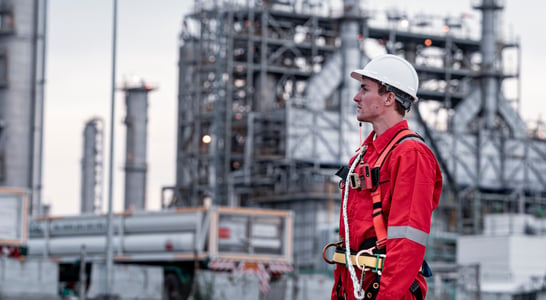
Disaster Day
No one wants to experience a disaster! But those who are ready and prepared will fare better if it does happen. Being proactive is what the International Day for Disaster Reduction is all about!
History of International Day for Disaster Reduction
With its efforts towards engaging in thinking that includes disaster preparedness and pre-disaster action instead of simply relying on post-disaster responses, the United Nations Educational, Scientific and Cultural Organization founded the International Day for Disaster Reduction in 1989. It started as a day to promote a global culture of awareness related to reduction of disasters.
The purpose of the day has continued to be related to celebrating those places and people around the world are able to reduce their exposure to disasters while raising awareness about the importance of understanding risks and working toward minimizing them. This kind of preparedness can happen on a local, national or international level through individuals, communities and governments alike.
Preparation for this day might mean that small communities install disaster alarm warnings to help everyone know when a storm or some other problem is coming. Or perhaps local governments will create and/or review plans for how their emergency services will respond in certain situations. International Day for Disaster Reduction is the time to raise awareness and take action related to these concerns and issues!
How to Celebrate Disaster Day
An important day for everyone all over the world to take part in, International Day for Disaster Reduction offers plenty of opportunities for individuals and communities to band together and get prepared. Consider implementing some of these ideas in observation of the day:
Create a Personal Disaster Kit
Though most people don’t consider building a bunker in case of a nuclear fallout, that doesn’t mean people don’t need to be ready in case an emergency occurs. Each family can create a small disaster preparedness kit that is kept in a safe, accessible place in case of difficulty.
This kit can include a flashlight with extra batteries as well as candles and matches in case there is no electricity. Bottled water, canned goods, toilet paper, a first aid kit, garbage bags, cell phone charger, some basic tools, face masks, prescription medication and other items can go into an emergency disaster kit that can be ready in case the family needs it.
Check out the suggestions at Ready.gov for more information.
Take Part in Disaster Reduction
One excellent way to go about being prepared for disaster is to contact the local community leaders to find out which disasters are of the highest risk. Obviously, while some places are more likely to be at risk for tornadoes, others might be at risk for hurricanes while still others might experience earthquakes, wildfires or even landslides.
Take this opportunity to get educated about the potential disasters in the local area and then raise awareness and advocate for the community to be prepared. Help with classroom education, teach community members about seasons that are more risky or raise donations to help provide families with disaster kits.
Also on ...
View all holidaysNational Train Your Brain Day
Do a crossword, study a foreign language, or try your hand at some logic puzzles to keep your brain sharp and improve your mind.
National Yorkshire Pudding Day
Golden brown and crispy on the outside, soft and doughy on the inside — the perfect accompaniment to any roast dinner!
National No Bra Day
Free yourself from your constraints and go braless to help raise awareness about breast cancer, a disease with hundreds of thousands of new cases each year.








